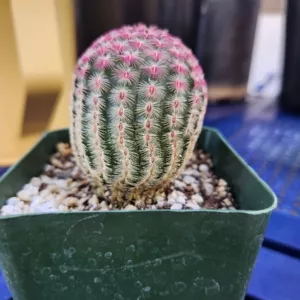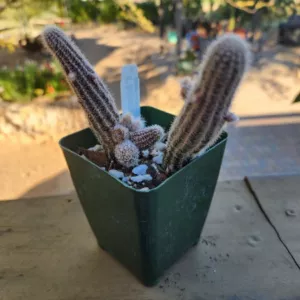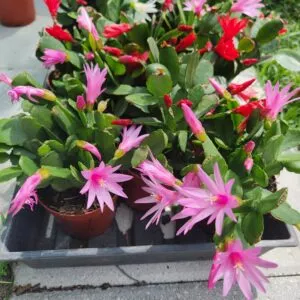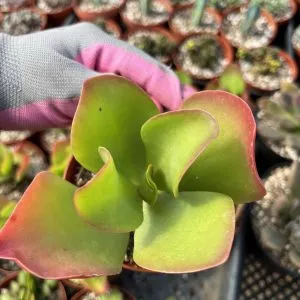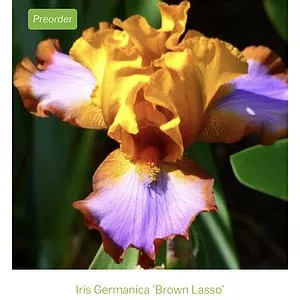No products in the cart.
Table of Contents
How to Take Care of a Cactus Indoors?
In the wild, you find thousands of cacti species growing. Yet, there are two main groups of cacti grown as indoor plants. You have the desert cacti species and your forest cacti. Both these succulent plants flourish indoors.
In addition, they are low-maintenance plants of different sizes. Today, we want to help you care for your cactus plants, whether you have desert cacti or forest cacti.
The 2 Types of Cactus Plants
Cactus plants are trendy and remain a hot topic for indoor plants. Some are small, while others grow huge. Overall, they give an aesthetic appearance to your living space or garden. And once they bloom, they look spectacular.
You can find two types of cactus species, as seen here:
Only 1 left in stock Only 1 left in stock Only 1 left in stock Only 1 left in stock
$15.00
Sold By:
Stripes and Variegations
Monks Hood
Sold By:
Stripes and Variegations
$10.00
Sold By:
Stripes and Variegations
Arizona Rainbow Rainbow Hedgehog Cactus
Sold By:
Stripes and Variegations
$10.00
Sold By:
Stripes and Variegations
4 inch Variegated Agave Isthmensis / “Dwarf Butterfly Agave
Sold By:
Stripes and Variegations
$9.00
Sold By:
Stripes and Variegations
Peanut cactus
Sold By:
Stripes and Variegations
Desert Cacti
As the name states, the plant is acclimated to desert regions. You can see them covered with sharp spines with a round or taller and thinner shape.
The best part is that a few of them produce flowers but mostly grow unusual shapes and spines. Unfortunately, growing cacti from the desert requires dry conditions and can suffer from too much water.
They flourish in direct sunlight and only need water when the topsoil is dry. Some varieties that come to mind are the following:
Sea Urchin
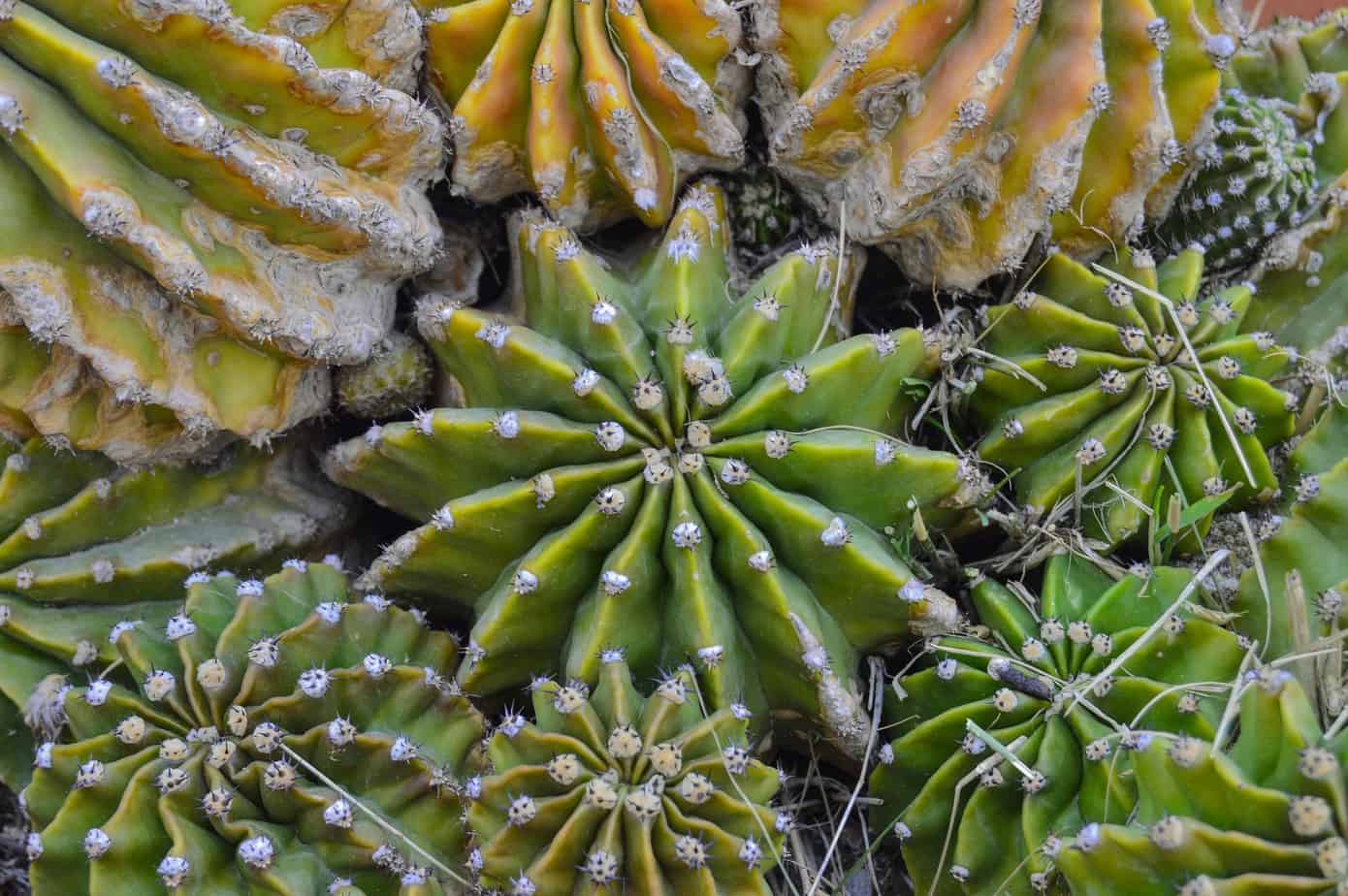
Bishops Cap
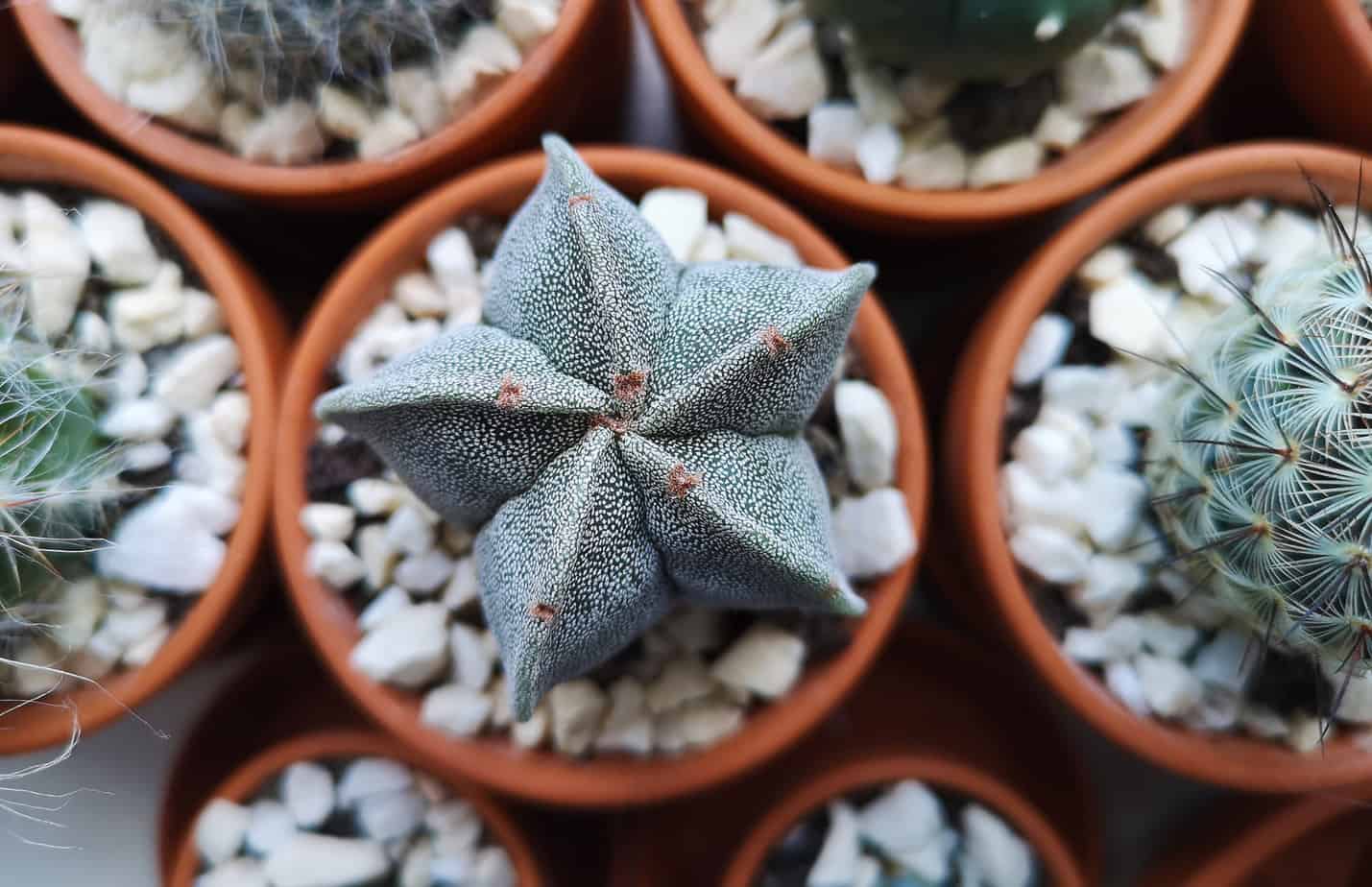
Star Cactus Plants
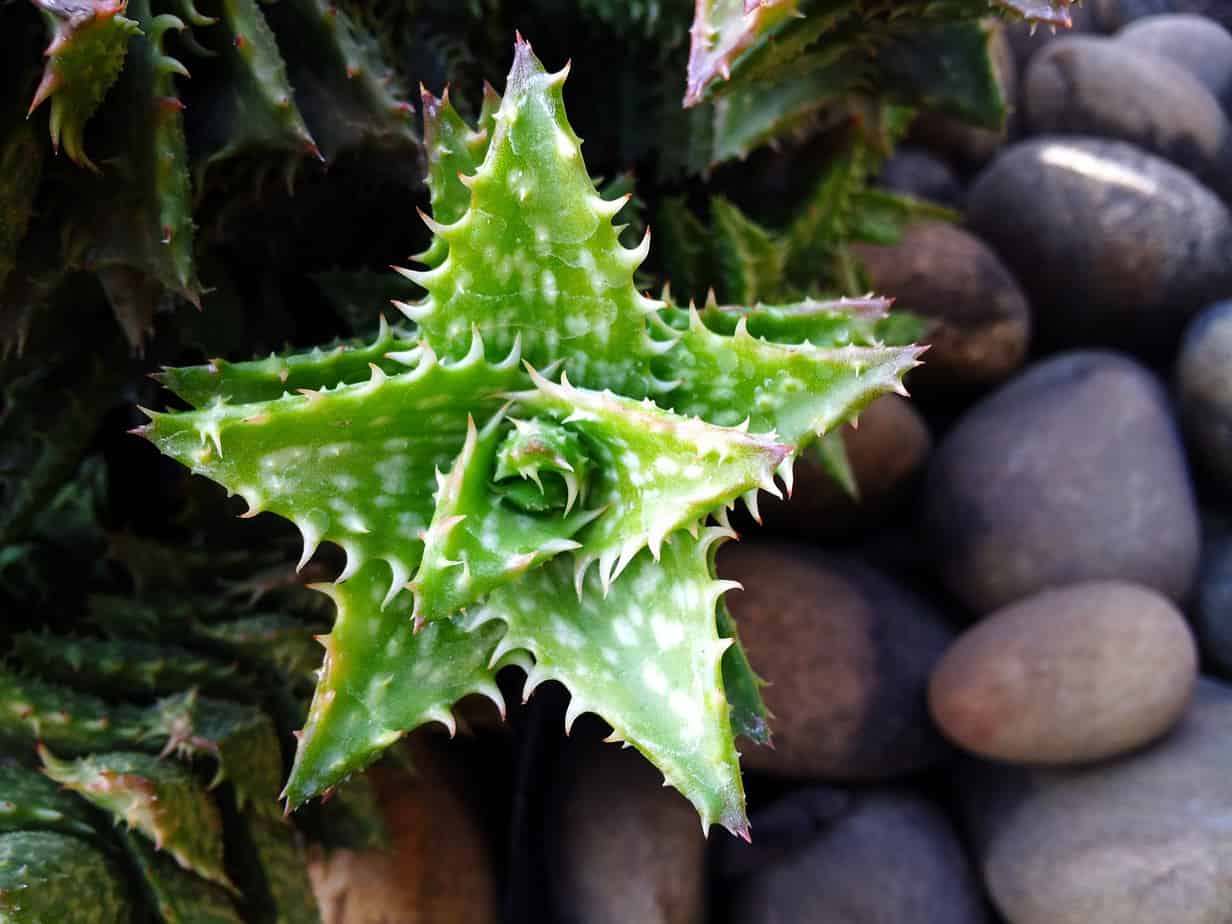
Forest Cacti Species
The forest cactus plants come mainly from the rainforest regions and have different needs than desert cactus plants. While they are classified as succulent plants, they thrive in slightly more humid climates.
While you need to let the soil mix dry before watering desert cacti, the forest cactus needs constantly moist soil but not too soggy. The forest cactus also looks different and do not have thorns, spikes, or spines.
Excellent examples are the following:
Christmas Cactus Plants
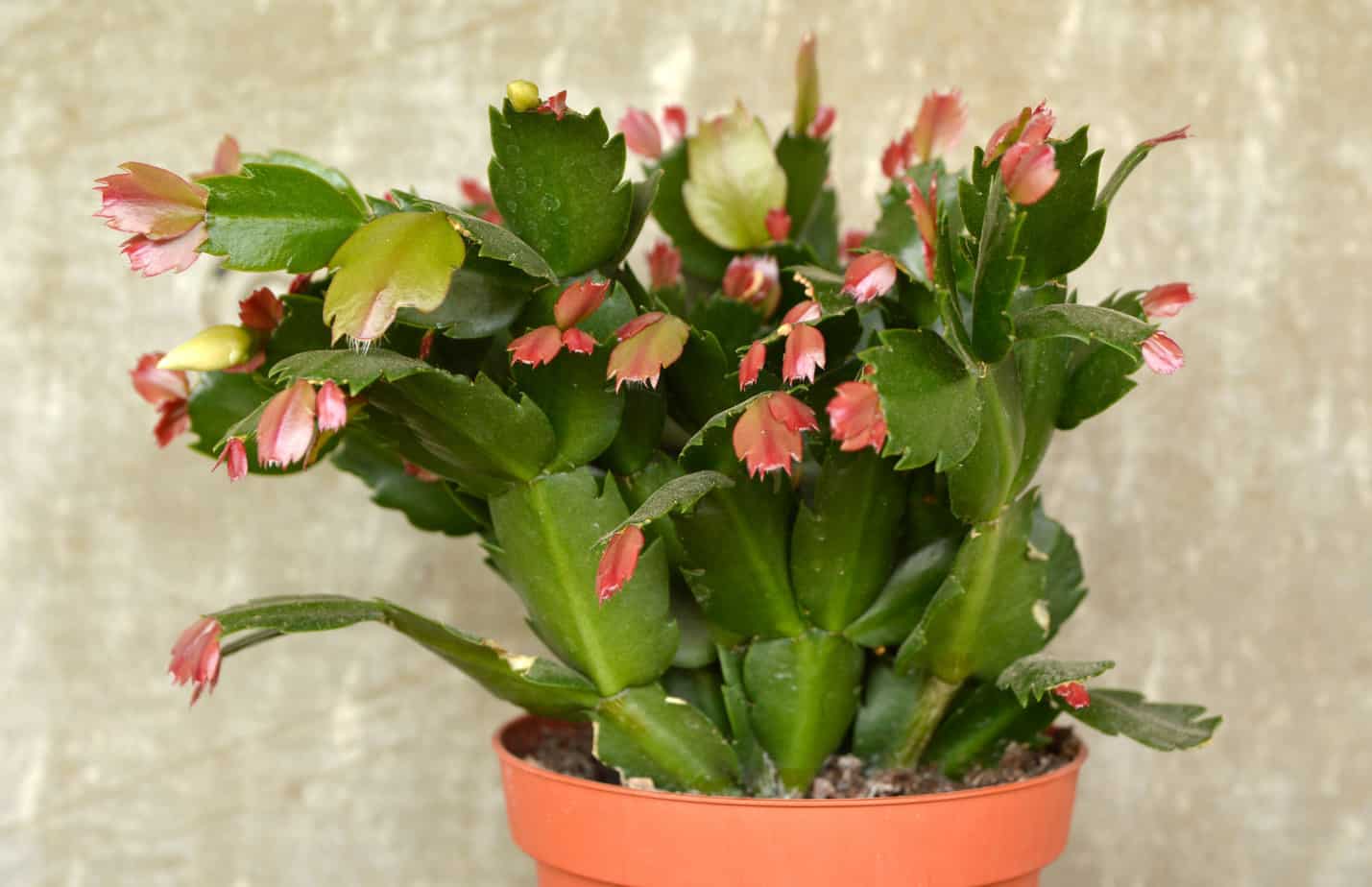
Easter Cactus Plants
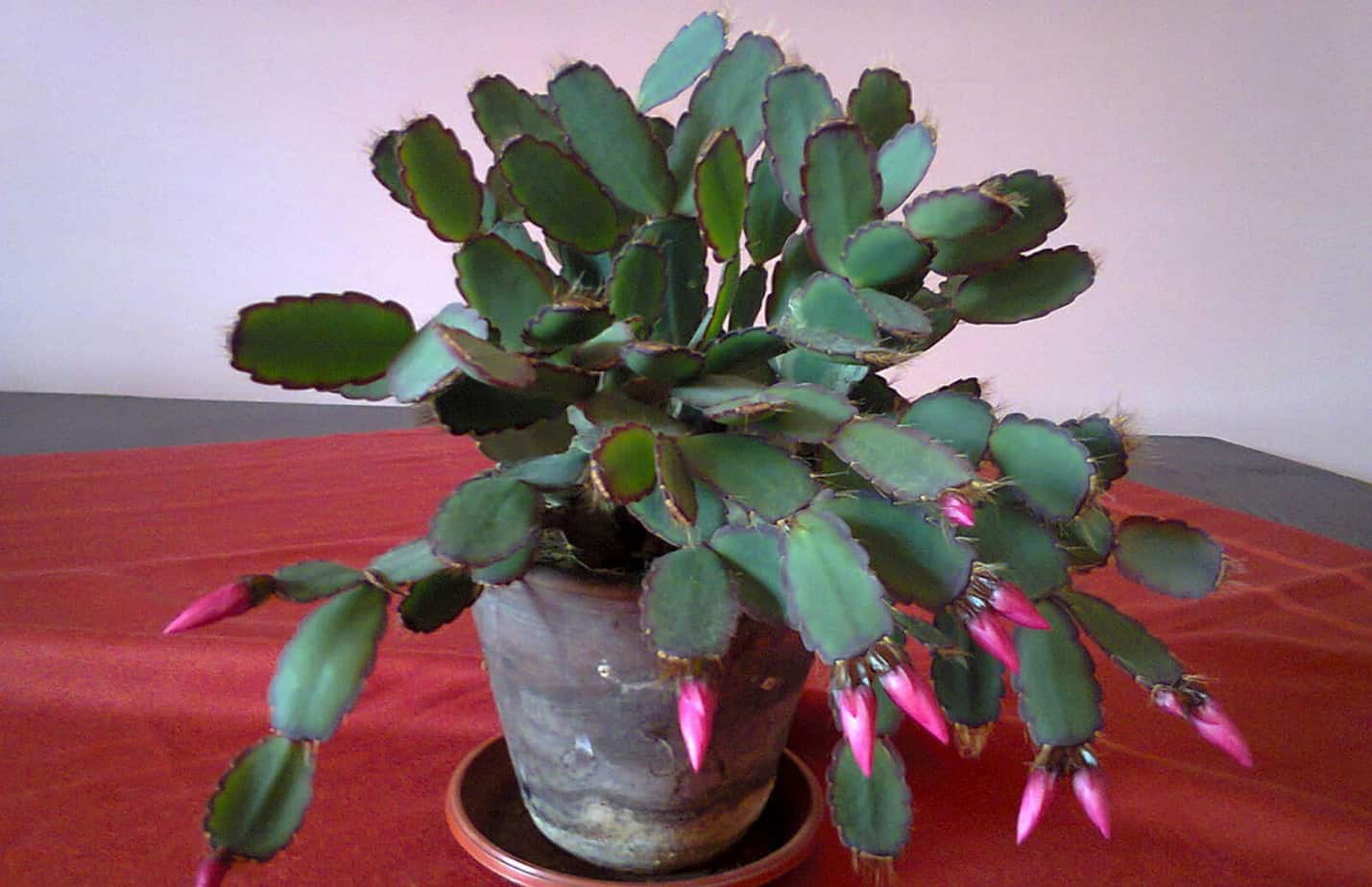
Thanksgiving Cactus
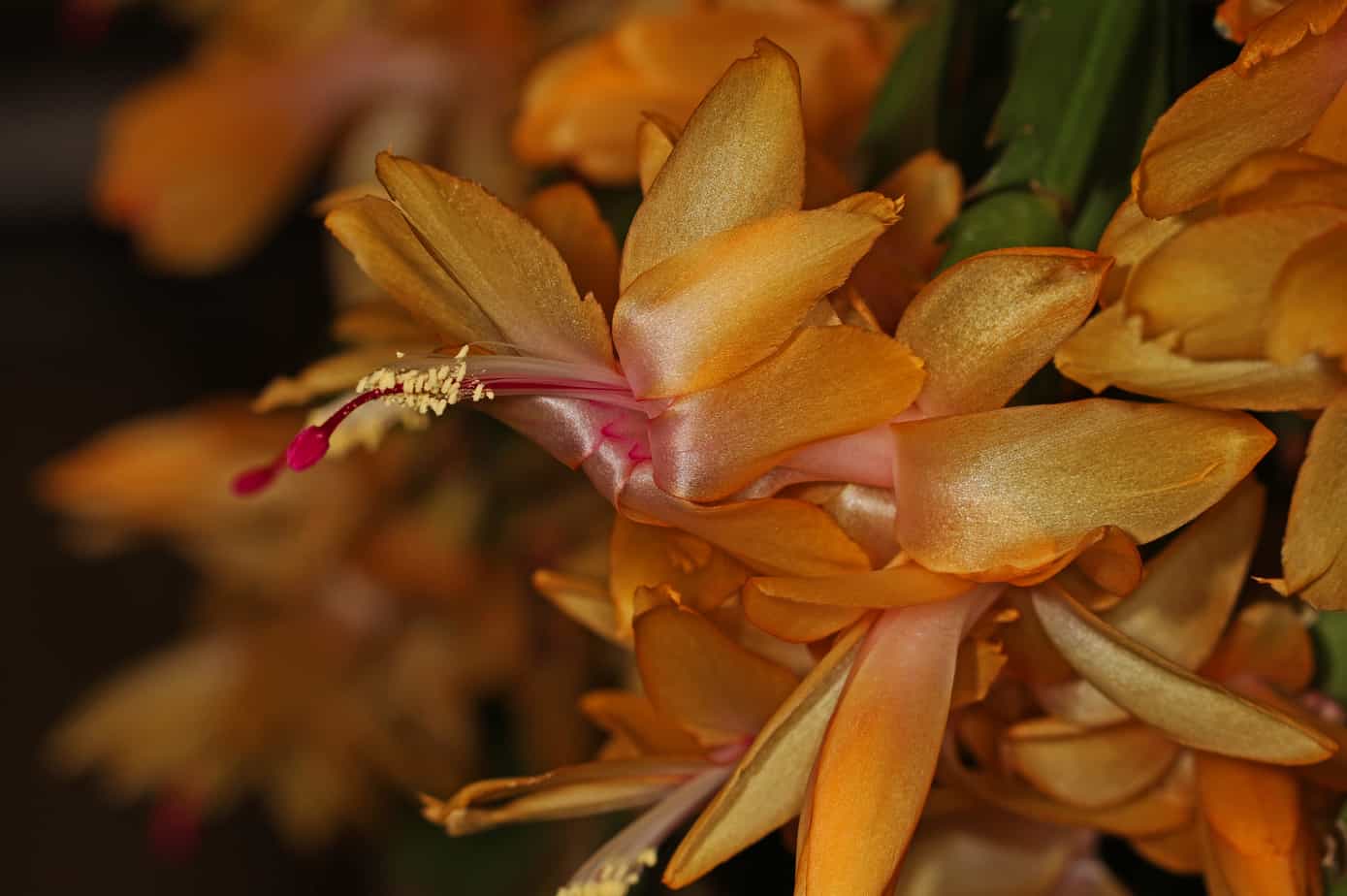
Growing Cactus Indoors

Cactus plants are some of the toughest houseplants and make for excellent statement pieces. You can find healthy desert cacti or forest cacti blooming after four years, while others never produce flowers indoors. Both the above cacti groups are easy-caring plants with some differences.
Indoor Cactus Light Needs
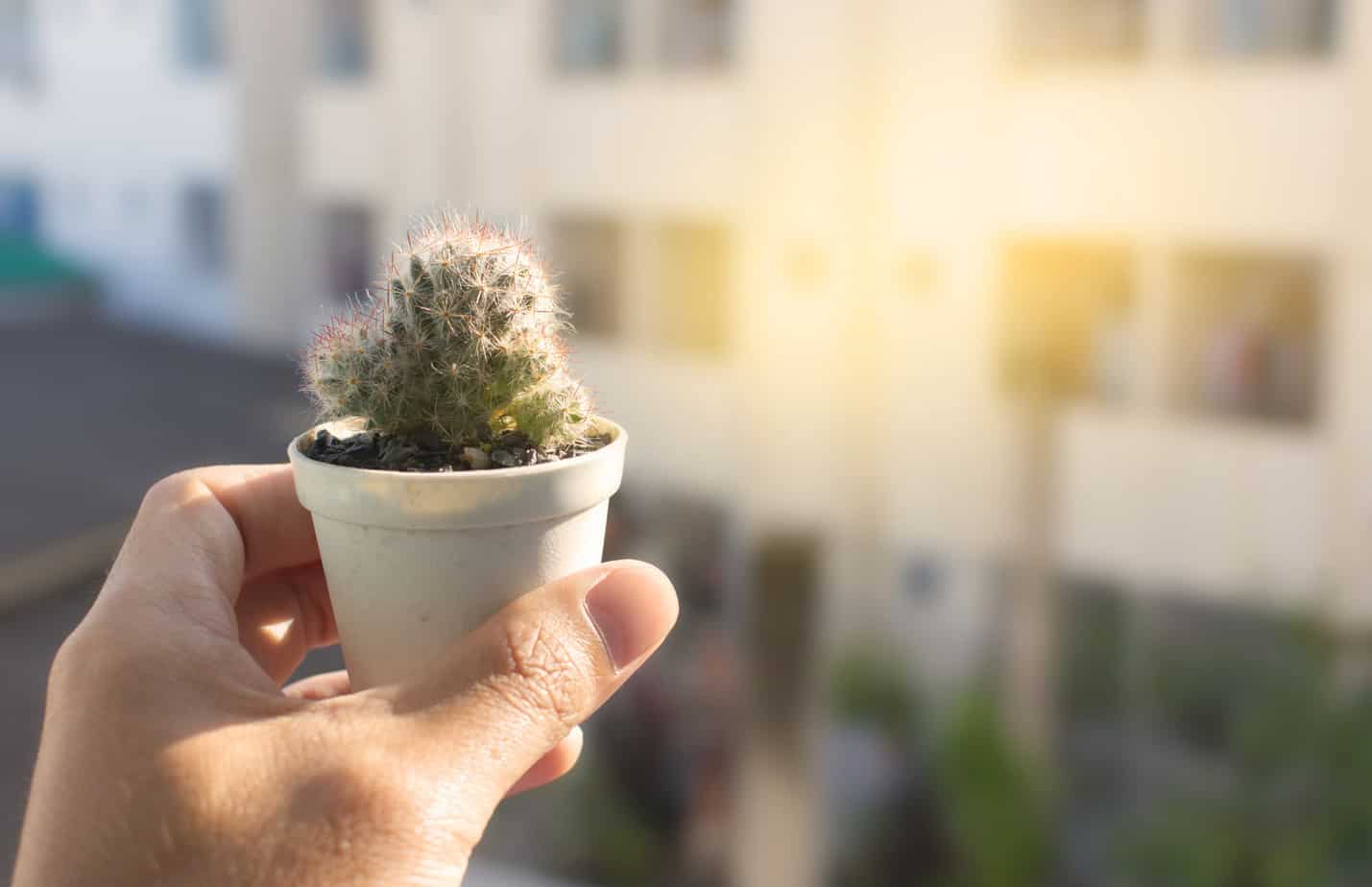
While your cactus plant needs up to six hours of direct sunlight daily, there are some species in both groups that can burn in a sunny location.
To play it safe, we recommend placing your cacti plants near a sunny window that receives some filtered bright light in the summer months with direct sunlight in the winter months.
Treat your cactus as an outdoor plant during the summer weather permitted to fulfill their light needs and get fresh air.
Indoor Cactus Plants Need Enough Water
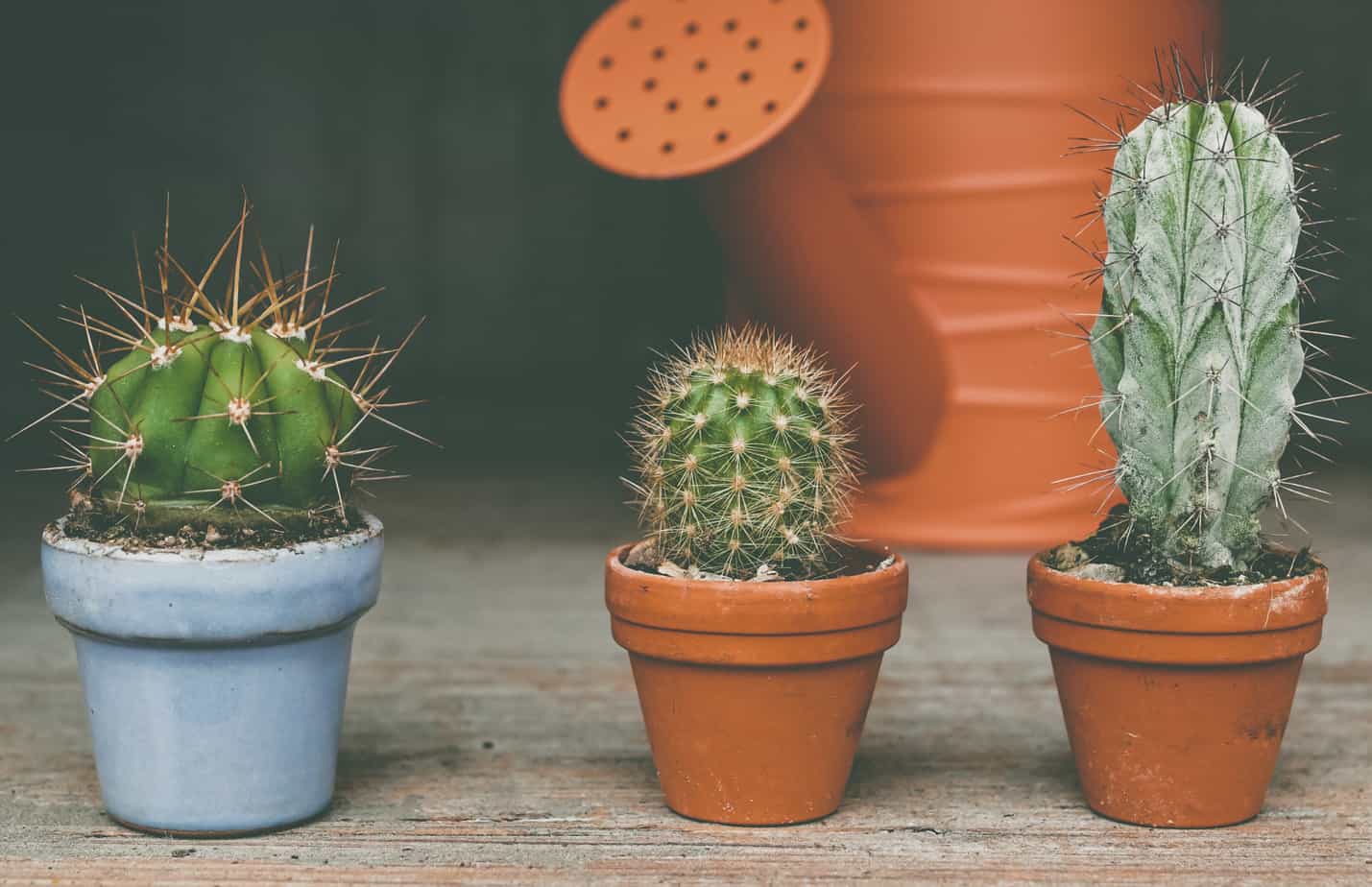
During the summer months, your cactus plants are growing actively and blooming. Hence, it needs a healthy drink of water. The important thing is to water them with the water draining freely from the drainage holes.
Growing cacti is not hard, and in winter, you can decrease the watering as your plant goes into a rest period. For desert cacti, you can let the soil dry between watering, and for forest cacti, you need to water before the soil is dry.
The Right Potting Soil Mix

Your desert cacti grow best in a mix of sand, perlite, and pebbles making the soil drain fast. You can also provide them with cactus soil specifically made for their needs. Adding perlite helps improves drainage and aeration. The forest cacti also need well-draining soil and can grow fine in regular potting soil.
Fertilizing Your Indoor Cactus
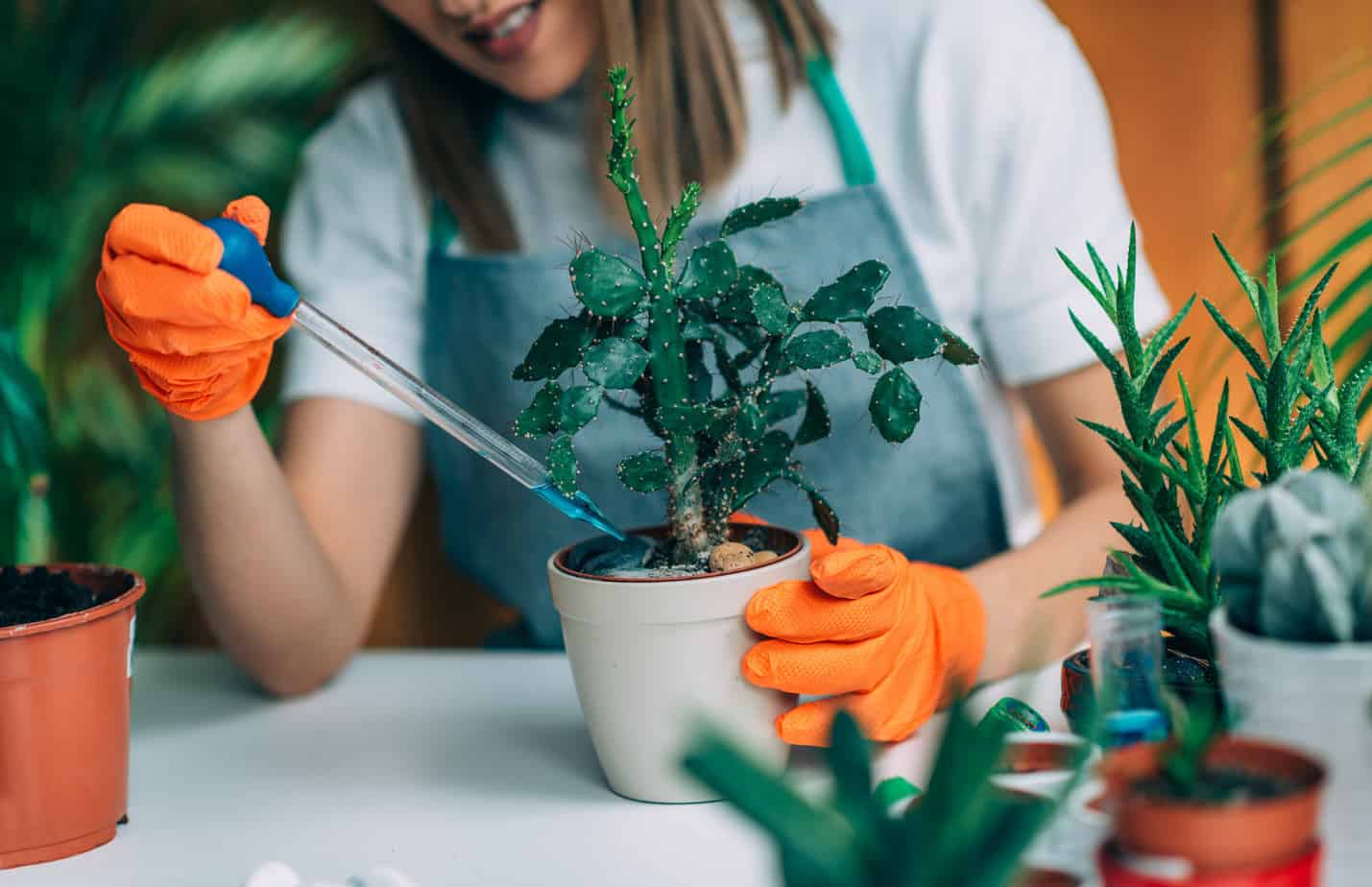
One thing you will learn fast with cactus plants is that they can survive the harshest conditions. So, while cacti fertilizer is not a must, it can yield better growth results for indoor plants.
We recommend using an organic cacti fertilizer with more phosphorus than nitrogen. You can feed your cactus plant two to three times a year during the growing season. During winter, eliminate feeding.
Temperature and Humidity
The desert cactus are desert-dwelling plants that prefer hot yet dry temperatures that range from 70° to 80° F (21 to 26°C). Yet, it likes to cool down in winter with temperatures near 55°F (13°C). It can withstand chilly temperatures in its natural habitat, and some species can tolerate freezing nights.
If your indoor cactus is not hardened to stay outside, it’s best to keep cacti away from those winter drafts. For humidity, the best levels are between 40% to 60%. The forest cacti prefer airy and moist environments to the desert indoor cacti.
Repotting and Pruning Cactus Plants
You do not prune your cactus unless you want to control its growth. You can remove damaged or dead parts with a clean garden shear. Most gardeners trim their cactus plants for healthy growth and remove the pups to root for new plants.
The good news is the cacti grow slow, and repotting cacti is rarely done. A fact is that most cacti species prefer being root bound to bloom. Hence, the best time to transplant cacti is in the growing season to provide a fresh potting mix to prevent root rot.
During winter, your indoor cactus needs added TLC, placing it in a sunny window. Halt fertilizing and also cut back on watering your plant.
Propagation of Cactus Plants
You can produce new plants with the pups known as offshoots to ensure you always have a prickly pear cactus. You will find the puppies growing at the base of our plant. In contrast, others can extend along the stem. Removing them also helps to contribute to the health of the mother plant.
You have to get your gloves and sterilize a sharp knife with alcohol prep pads depending on the cacti species.
Find the offshoots and remove them with the knife at the base using a 45° angle.
Leave the offshoots to dry for a few days to callus, and in the meantime, fill your new pot with fresh soil and ensure it has good drainage.
Once the pups are ready to plant, dip the cut end into the rooting hormone and press it into the pot.
Place the container in bright indirect light and mist it often. You should notice a root system developing in about six weeks.
Another method to grow new plants in both the forest and desert cactus groups is from seed. You can collect the pods once your plant flowers or buy packed seeds. You can place the seed in moistened peat for planting and keep them stored in the fridge until it cracks open.
Next, prepare some clay pots with your potting soil mix and lightly plant the seeds and water. You can cover the pot with some plastic and keep it in a sunny location.
Only 1 left in stock In stock In stock Only 1 left in stock
$10.00
Sold By:
Stripes and Variegations
Arizona Rainbow Rainbow Hedgehog Cactus
Sold By:
Stripes and Variegations
$12.00
Sold By:
Smoot's Farm
Cactus Bishop’s Cap Hat Astrophytum Myriostigma 3” Pot
Rated 4.89 out of 5 based on 27 customer ratings00
Sold By:
Smoot's Farm
$20.00
Sold By:
PotHedz Plants
Easter Cactus
Rated 4.96 out of 5 based on 106 customer ratings00
Sold By:
PotHedz Plants
$9.00
Sold By:
Stripes and Variegations
Peanut cactus
Sold By:
Stripes and Variegations
Indoor Cactus Similar Species and Varieties
If you have not yet decided what cactus variety you want, we have a selection of cacti here that might tickle your fancy.
Bunny Ears
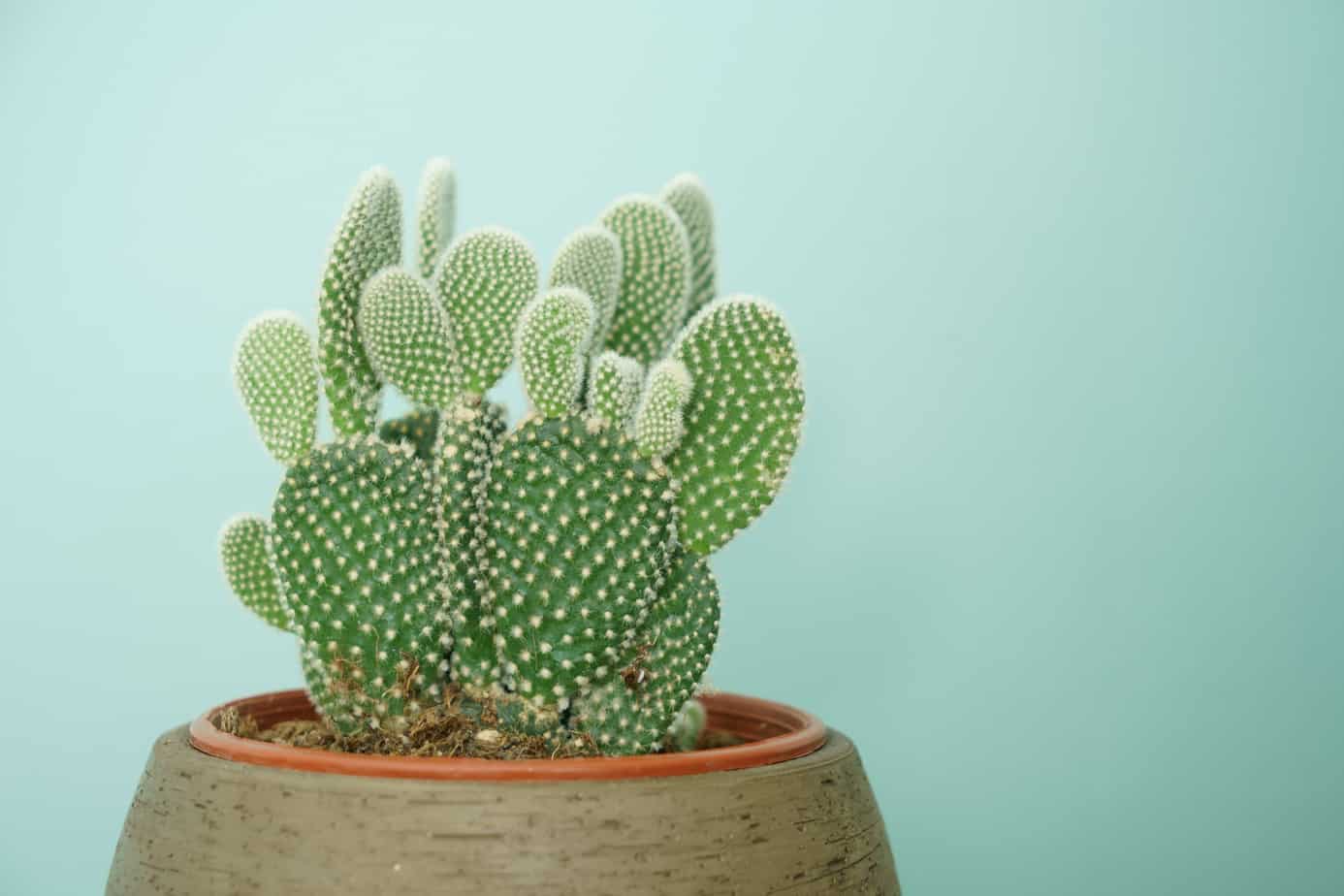
The cactus comes from Northern Mexico and has stem–like pads that resemble bunny ears. These plants you need to handle with care as the pads have barbed bristles that look like cotton. The cacti grow a white flower and can reach three feet tall.
Old Lady Cactus
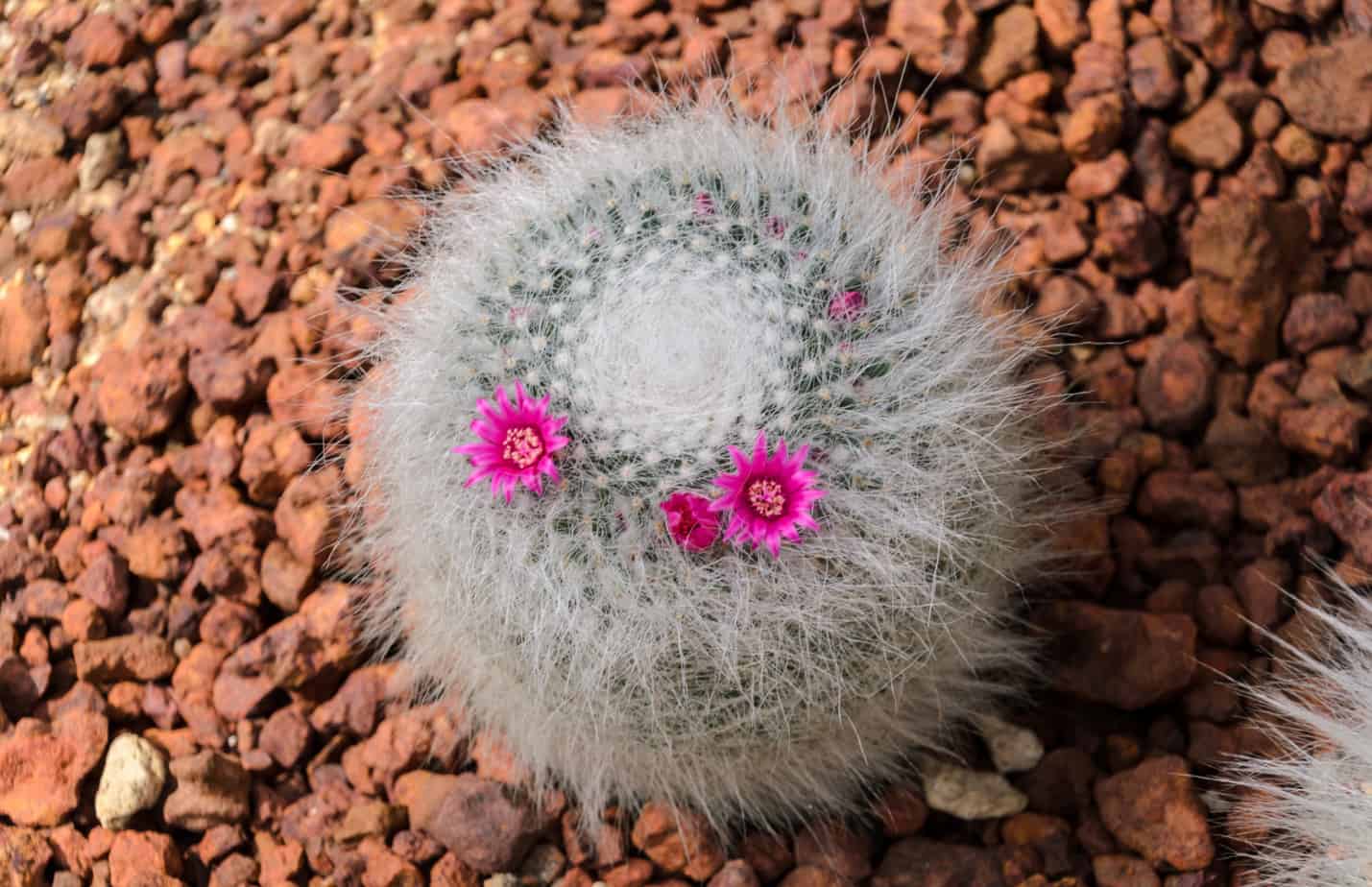
The cacti is a popular variety to grow as an indoor cactus and looks like a pincushion with hairy spines. It has a round shape and blooms attractive purple flowers growing up to four inches tall and eight inches wide.
Easter Cactus
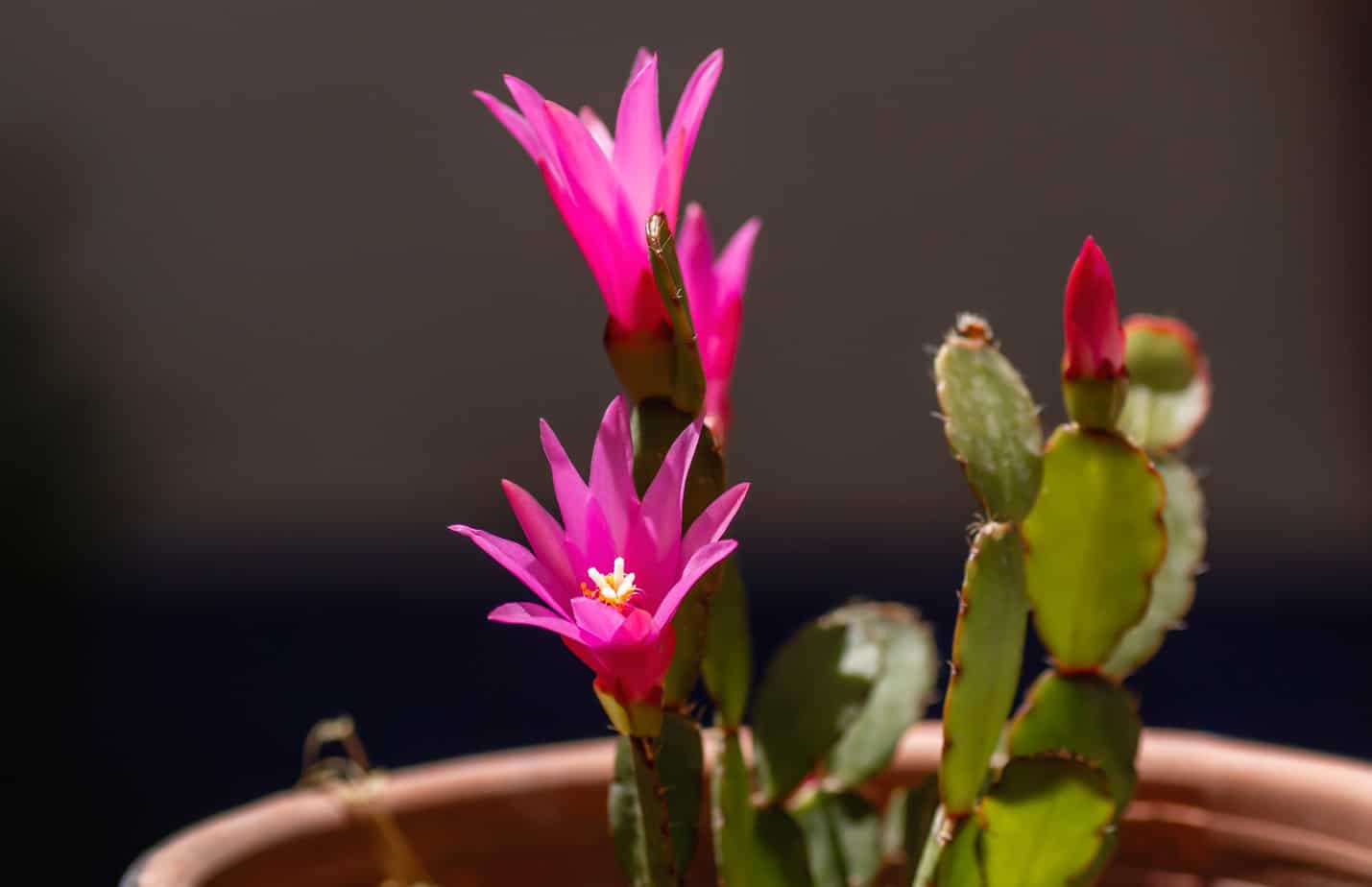
Like the Christmas cactus, the Easter cacti is a succulent forest plant that is spine-free with segmented stems. It blooms in white, pink, and red flowers. Growing indoors, this is one of the cactuses with low maintenance.
Indoor Cactus Common Pests & Diseases
No matter what cactus you have, they are prone to infestations from scale insects, mealy bugs, spider mites, and fungus gnats. Common signs of an infestation are wilted leaves or a mold-like coating. For most of them, you can spray them with water or use cotton swabs.
While overwatered cacti can get fungal rot with dark sunken roots found on the stem turning mushy, even bacterial rot will result in a black ooze of liquid. If you see any of these signs on your cactus, it helps remove the damaged areas and treat them with hydrogen peroxide.
Where can I buy Indoor cactus plants?
The fantastic news is that you can find cactus plants at a local nursery or online garden shops. So, you will not have a hard time finding one to grow indoors. The other good news is that Plantly also carries a selection of desert cacti and forest cacti for you to browse through.
Whether you want to buy, sell or simply reach out to other plant enthusiasts, Plantly is the right place to be!
-
$12.00Sold By: Cacti and Exotica
In stock
Kalanchoe—Dragonfire hybrid
Rated 4.98 out of 5 based on 59 customer ratings00Sold By: Cacti and Exotica -
$10.00Sold By: Smoot's Farm
In stock
Iris German Tall Bearded Brown Lasso Niswonger 1972 1 Dormant Rhizome
Rated 4.89 out of 5 based on 27 customer ratings00Sold By: Smoot's Farm -
Free Shipping$17.50Sold By: California Tropicals
In stock
Hoya Carnosa Krinkle Wax – 4” from California Tropicals
Only 49 available and it’s in 1 people’s basketRated 4.96 out of 5 based on 25 customer ratings07Sold By: California Tropicals -
Free Shipping$39.99Sold By: Aloha Hawaii Orchids
$44.99In stock
Orchid Miltassia C.M. Fitch ‘Izumi’ Live Plant From Hawaii | Comes in a 4″ Pot
Rated 4.65 out of 5 based on 268 customer ratings00Sold By: Aloha Hawaii Orchids

